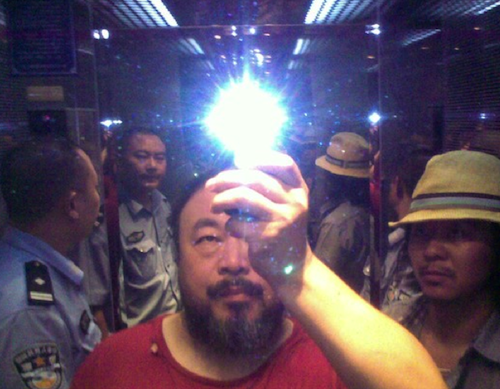
(Image credit: hyperallergic.com)
I’ve been a fan of Ai Weiwei’s work ever since the Sunflower Seeds exhibition at the Tate (October 2010). In that work, Ai commissioned 1,600 Chinese artisans from the town of Jingdezhen (a town that’s been producing pottery for nearly 2 millennia) to hand-paint 100,000,000 porcelain sunflower seeds, and the pieces were then scattered evenly on the floor of the museum’s great hall. Visitors were initially allowed onto the seeds, making the spot a lovely place to pass an afternoon. What drew me to the exhibit and its creator were not the political implications of the installation (which I’d come to respect later) or the smart way in which Ai decided to fill the Tate’s space, but rather the fact that 8 million extra seeds had been created to account for visitors taking a handful on their way out. It’s probably fair to say that most artists invited to fill the Tate Modern's Turbine Hall are rather finicky about their work, but here was someone honest enough to account for the fact that visitors might be tempted to take a piece home with them.
Recent comments
2 years 29 weeks ago
2 years 44 weeks ago
2 years 44 weeks ago
2 years 50 weeks ago
3 years 4 weeks ago
3 years 4 weeks ago
3 years 4 weeks ago
3 years 6 weeks ago
3 years 6 weeks ago
3 years 6 weeks ago